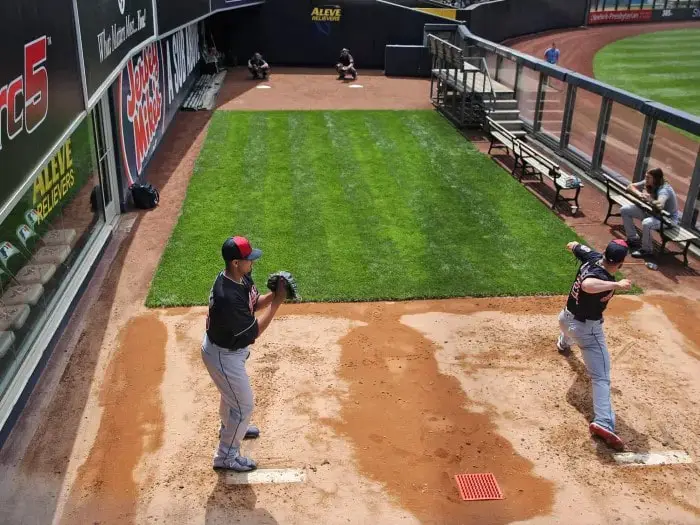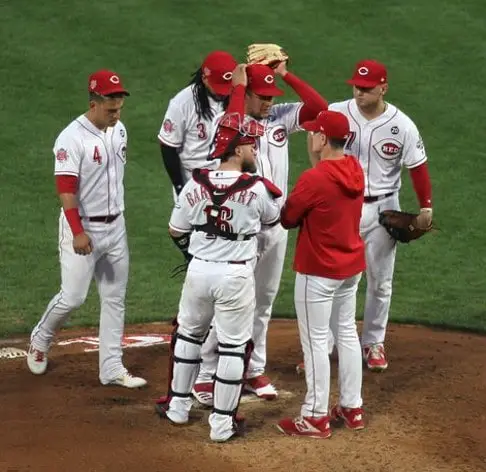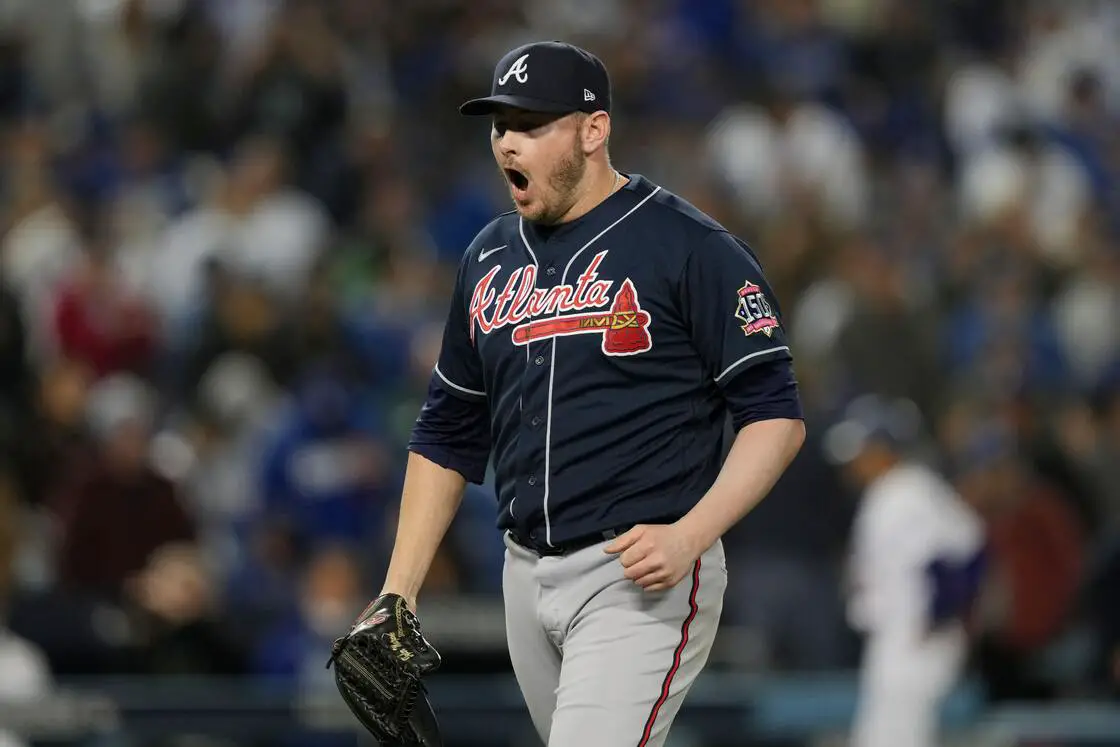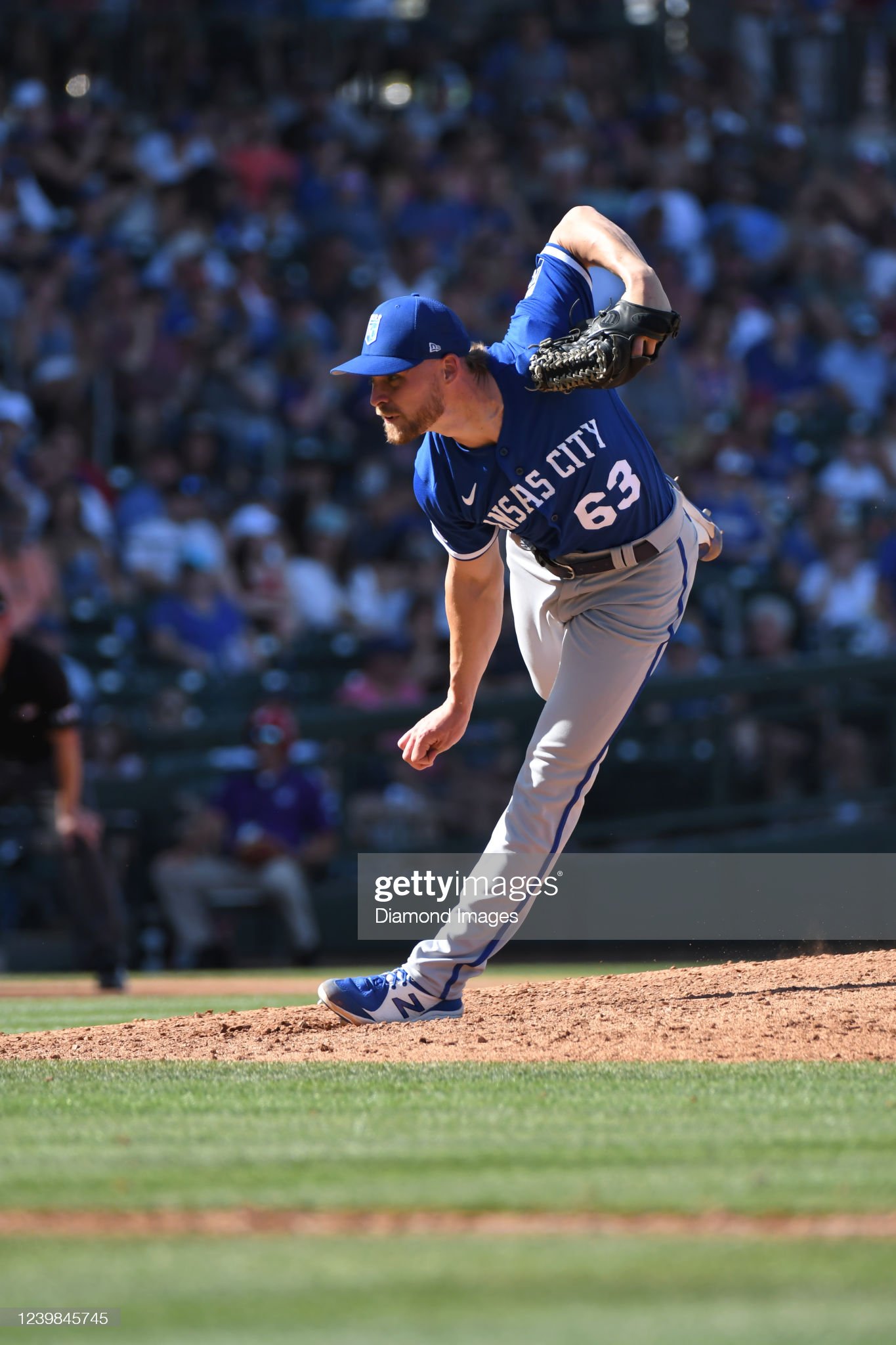
What Does MRP Mean in Baseball?
Baseball is not just an incredible sport but a game of strategy that continues to evolve.
One of these evolutions is the strategic use of certain specialty pitchers in a game.
One type of specialty pitcher which this article discusses is a Middle Reliever.
Not sure what it is?
Then read on to learn more!
What Does MRP Stand For in Baseball?
In the Major League Baseball (MLB) context, MRP stands for "Middle Relief Pitcher," also commonly referred to as a Middle Reliever.
An MRP is a type of pitcher that comes into the game in the middle innings, typically the 6th and 7th innings, to help to relieve the starting pitcher before the closing pitcher takes over.
They typically throw much fewer pitches than starters but more pitches than closers.
As an example, a Manager may send in an MRP if the other team is starting to consistently tag the starter for hits and/or runs, or if the starter is starting to lose his control.
In those situations, it can often be obvious that the starting pitcher is starting to wear down.

Another scenario where a Middle Reliever can be used is when a team is in the lead heading into the late innings and the Manager wants to protect the starter’s pitch count or prevent him from getting overly tired.
Using an MRP in a game is often simply a Manager’s strategy to limit the team’s risk in a game, whether it’s the risk of a starter tiring out or the risk of overusing a pitcher in a way that damages his future performance.
In short, there really is no set rule on how to use a Middle Relief Pitcher. At the end of the day, it's up to the team's discretion on what will benefit them the most.
Current MRPs in Major League Baseball
If you’re interested in knowing who some current Middle Relievers are in the big leagues, then you’re at the right place.
The following section highlights many of the MRPs in baseball as of the 2022 MLB season. MRPs are listed in alphabetical order by first name.
Please note that although these players may not be labeled as a “Middle Reliever” on the roster, one of the roles they are often used to perform include acting in an MRP role.

- Anthony Bender, Miami Marlins
- Art Warren, Cincinnati Reds
- Chad Green, New York Yankees
- Chris Stratton, St. Louis Cardinals
- Codi Heuer, Chicago Cubs
- Daniel Hudson, Los Angeles Dodgers
- David Robertson, Philadelphia Phillies
- Devin Williams, Milwaukee Brewers
- Diego Castillo, Seattle Mariners
- Emilio Pagan, Minnesota Twins
- Freddy Peralta, Milwaukee Brewers
- Giovanny Gallegos, St. Louis Cardinals
- Jake McGee, Milwaukee Brewers
- Joely Rodriguez, New York Mets
- Jonathan Loaisiga, New York Yankees
- Jordan Romano, Toronto Blue Jays
- Josh Staumont, Kansas City Royals
- Michael Fulmer, Minnesota Twins
- Mike Mayers, Los Angeles Angels
- Paul Sewald, Seattle Mariners
- Pete Fairbanks, Tamp Bay Rays
- Pierce Johnson, San Diego Padres
- Seth Lugo, New York Mets
- Tanner Rainey, Washington Nationals
- Taylor Rogers, Milwaukee Brewers
- Trevor May, New York Mets
- Tyler Duffey, Minnesota Twins
- Tyler Matzek, Atlanta Braves
Why Are MRPs Important?
Having a number of solid Middle Relievers on the roster is incredibly important for a number of reasons.
They include:
- MRPs often serve as a bridge between starting and closing pitchers. They allow Managers to pull a Starting Pitcher, protect the lead for an inning or two, then hand off the game to the closer in the ninth inning. The closer will hopefully earn a save and preserve the win.
- MRPs only pitch for a couple of innings. When they enter a game they have a ton of energy, stamina and focus - all things that starters may be lacking by the middle to late innings.
- Sometimes an MRP can be used even if the Starting Pitcher is doing well. This can throw the other team off their game by introducing them to a new pitcher with a different windup or arsenal. This can obviously be an advantage when teams use this method, assuming they have a solid MRP to call on in this scenario.
How do MRPs Differ From LRPs?
Unlike the Middle Relief Pitcher, Long Relief Pitchers (LRPs) are experienced in pitching for more than just an inning or two.
LRPs aren’t quite starters and aren’t quite Middle Relievers either - they serve a unique role between the two specialties.
They will generally enter a game in earlier innings than an MRP, many times to step in and relieve a starter who is in trouble.
For much more detail on LRPs, their background and their role, we encourage you to check out our article on Long Relievers.

What Are Holds and How Can an MRP Earn a Hold?
Technically speaking, a "hold" is not an official statistic measured by the MLB.
It is, however, a recognized term in baseball circles that MRPs strive to earn.
The definition of a hold is the following:
“A hold occurs when a relief pitcher enters the game in a save situation and maintains his team's lead for the next relief pitcher, while recording at least one out.”
In order for an MRP to earn a hold a number of criteria must be met, including but not limited to:
- The pitcher is not the starter, or the closer
- He records at least one out
- The pitcher enters a game while his team is leading by at most three runs, and he keeps that lead for at least one inning
- He leaves a game before it’s over without his team surrendering the lead
For a great article on the topic of holds, check out this interesting write-up by Fangraphs.
That's a Wrap!
We hope this article has answered questions you may have had about MRPs and their role in baseball.
If you have any questions or comments for us, please feel free to reach out to us. You can get in touch by clicking here.
Thanks for stopping by Catchers Home.
Scott Perry
Scott Perry is the owner and lead author at Catchers Home. He's a former baseball player, a current coach, a husband and a Dad. He remains as passionate about baseball today as he was as a kid.
